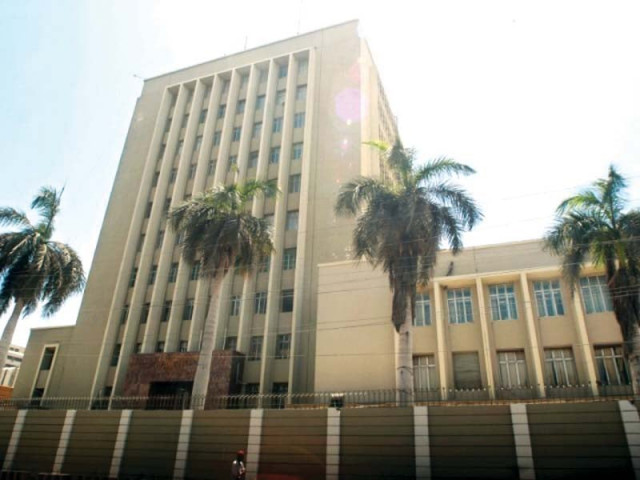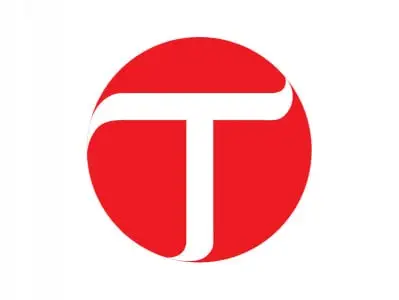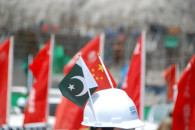Ignored for lending: Data shows banks’ bias against K-P
Credit expansion in province has remained abysmally low

Apex regulator of the banking sector has rarely addressed the issue of uneven geographical distribution of advances. PHOTO: FILE
The public statement by the SBP governor was unusual because the apex regulator of the banking sector has rarely addressed the issue of uneven geographical distribution of advances at a public forum in the past.
Owing to a poor security situation in the last decade and a half, credit expansion in K-P has remained abysmally low: total advances extended to K-P-based borrowers amounted to less than Rs50 billion, or 1.1% of the total outstanding advances, at the end of the last fiscal year.

Worse still are the lending statistics for K-P-based private-sector businesses. Banks had extended only Rs31.1 billion advances to the province’s private sector by the end of June 2015. This constituted just 1% of the outstanding advances of private-sector businesses nationwide at the end of 2014-15.
According to the president of the provincial chamber of commerce and industries, banks have declared K-P a red zone - a euphemism for the banking sector’s collective lack of enthusiasm for extending credit to the businesses operating in the province. However, SBP Governor Ashraf Wathra dispelled this impression while addressing a group of businessmen in Peshawar last Monday.
Nevertheless, banking sector statistics show a clear and traditional bias of lending institutions against the province’s businesses.
While the year-on-increase in the private-sector advances for 2014-15 across Pakistan clocked up at 6.1%, the corresponding increase for K-P-based private businesses remained only 2.1%. In fact, annual growth in private-sector advances for 2014-15 in K-P was lower than those in Sindh, Punjab, Islamabad and Gilgit-Baltistan. Even the war-torn Federally Administered Tribal Areas (FATA) witnessed higher growth (4.3%) in outstanding advances to private businesses during the last fiscal year.
SBP data shows credit expansion has traditionally been slower in K-P compared to the rest of the country. From Rs611.5 billion at the beginning of 2001-02, private-sector advances have grown at an annualised rate of 11.6% to Rs2.8 trillion by the end of 2014-15. In contrast, the annualised growth rate of advances extended to K-P-based private businesses clocked up at only 4.9% over the same period.
The wide gap between deposit mobilisation and credit expansion in the province has created a certain level of animosity among K-P businessmen towards the banking sector.
The share of K-P in the country’s total deposits was far higher than its relative share in advances: as much as Rs675.6 billion belonged to K-P at the end of 2014-15, which constituted 7.4% of the nationwide deposits of Rs9.1 trillion.
Deposits originating from K-P have increased at an annualised rate of 14.6% between 2001-02 and 2014-15, which is largely in line with the nationwide average annual growth rate of 15.1% over the same period.
Published in The Express Tribune, March 9th, 2016.
Like Business on Facebook, follow @TribuneBiz on Twitter to stay informed and join in the conversation.


















COMMENTS
Comments are moderated and generally will be posted if they are on-topic and not abusive.
For more information, please see our Comments FAQ